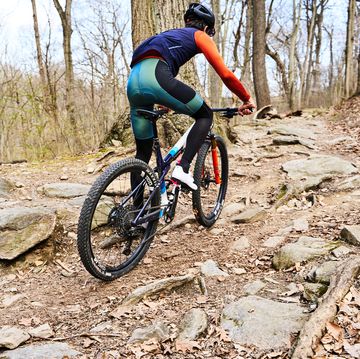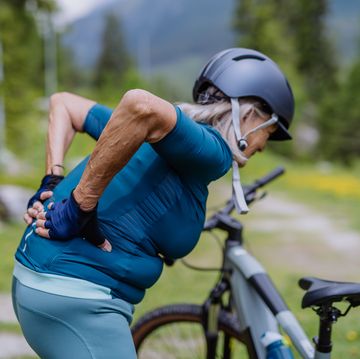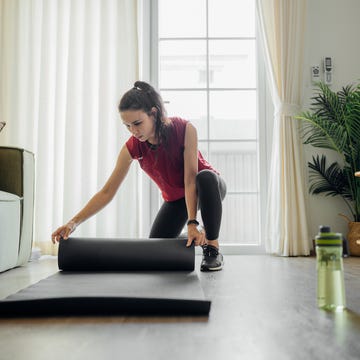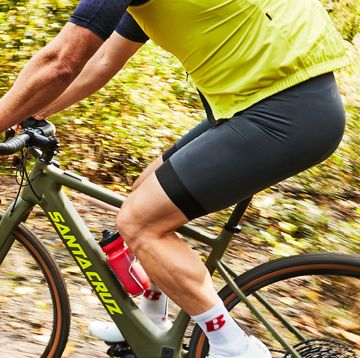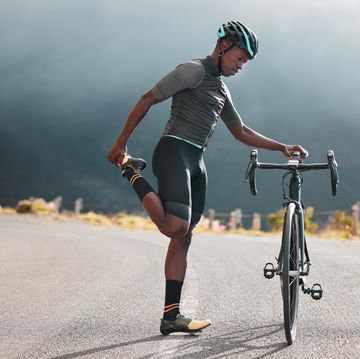Is Cycling Bad for Your Knees?
Riding can be good for your overall health and joints—if you’re doing it correctly.
It’s no secret that cycling gets applauded for being a low-impact sport, meaning it’s gentle on your joints. But what many riders don’t understand is that the repetitive actions of cycling, particularly pedaling upward of 4,000 to 5,000-plus revolutions, can cause some pain and possibly cause problems for your joints.
For some, issues with bike fit or technique compound over time to cause pronounced knee pain, the most common lower-body complaint in our sport. Research shows that up to 60 percent of recreational riders experience knee pain from overuse at some point or another. So does that mean cycling bad is for your knees?
The short answer is no; cycling is great for your overall health and easy on your joints. The long answer is that there are some common culprits behind the aches and pains in your knees—and how to correct them so you can pedal pain-free.

Watch Next

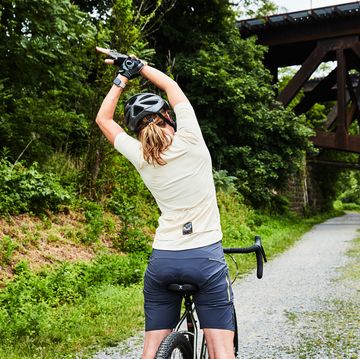
The Best Stretches for Cyclists

Feet Get Numb When You Ride? Here’s What To Do
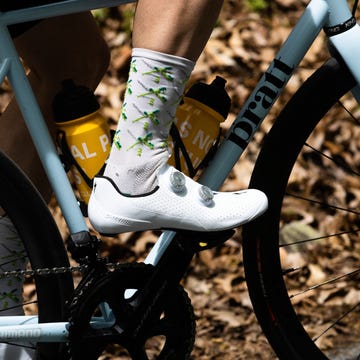
How to Improve Your Ankle Mobility
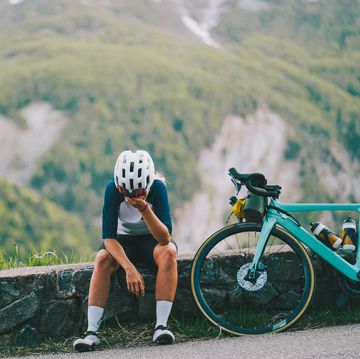
How to Avoid Bonking on Rides








